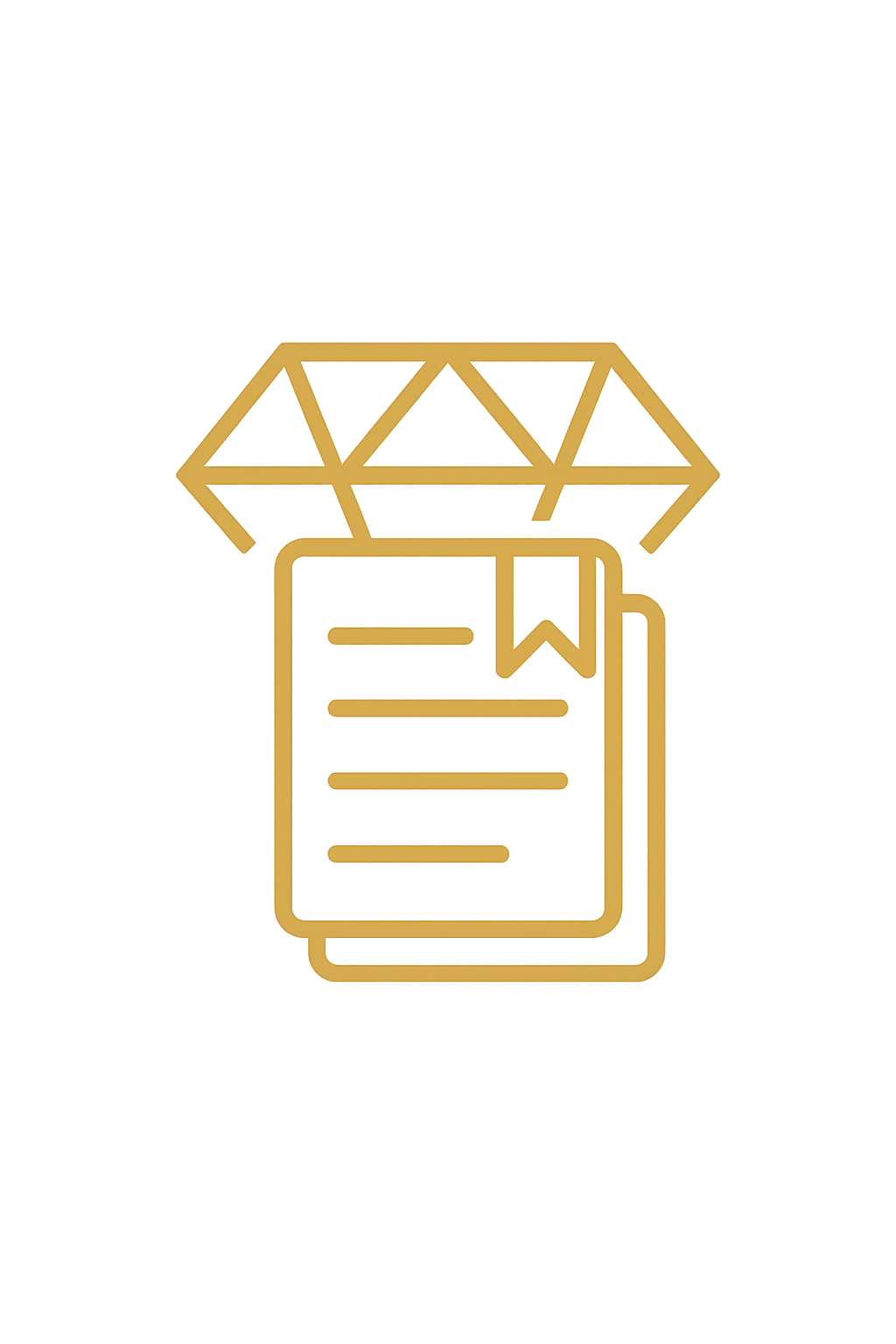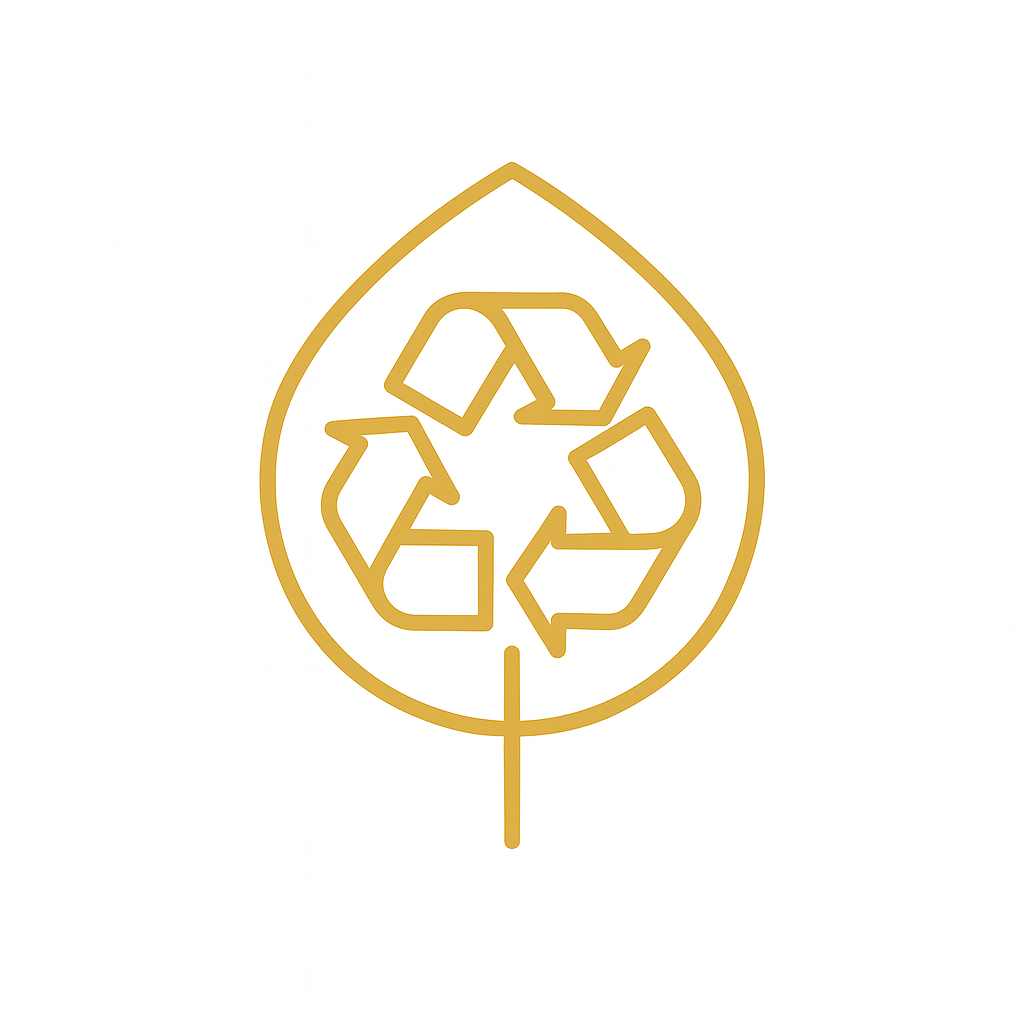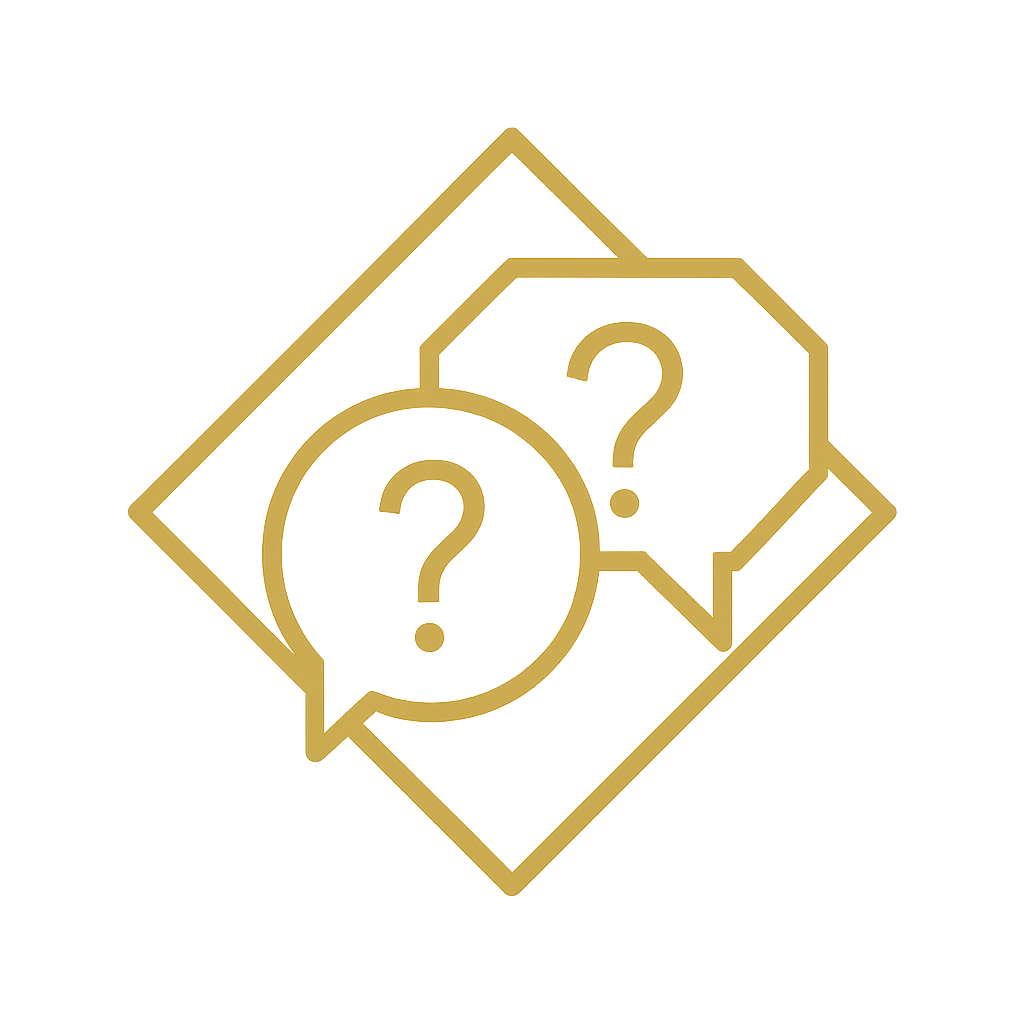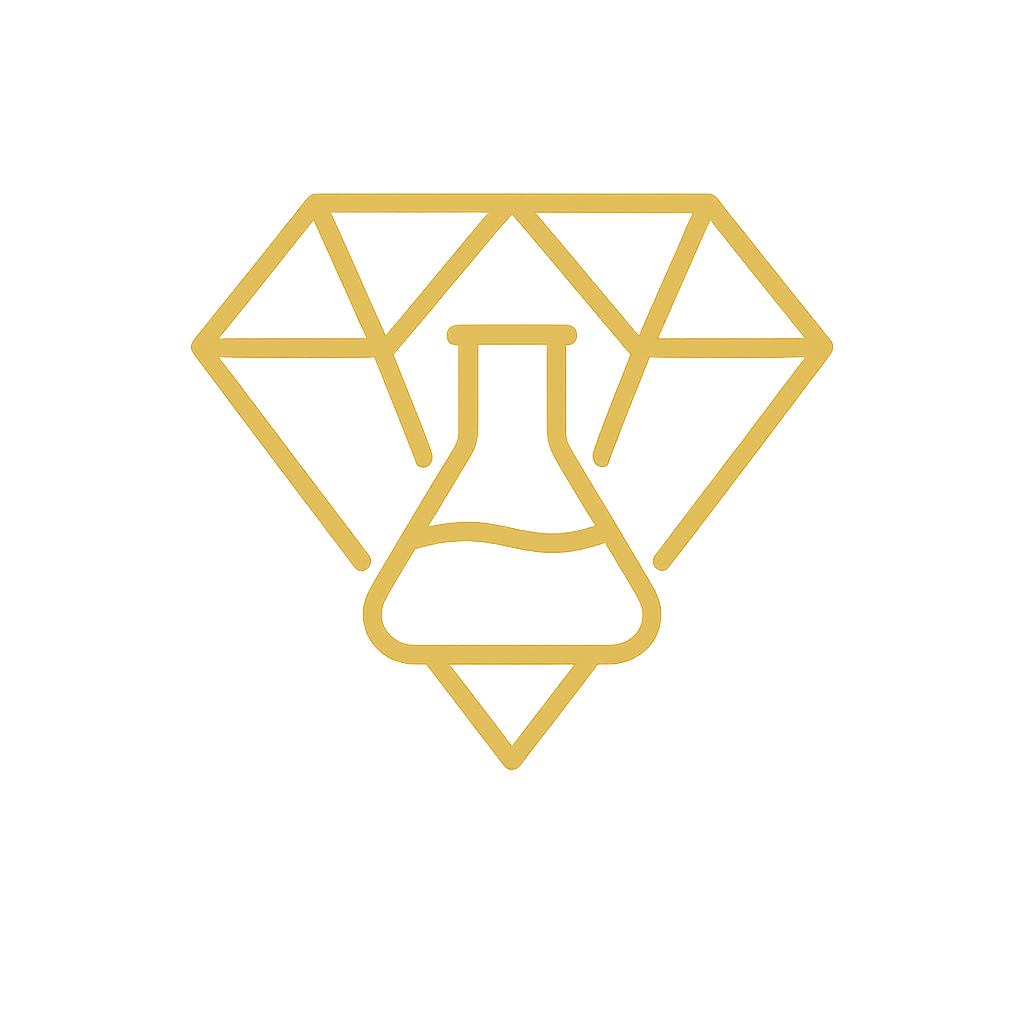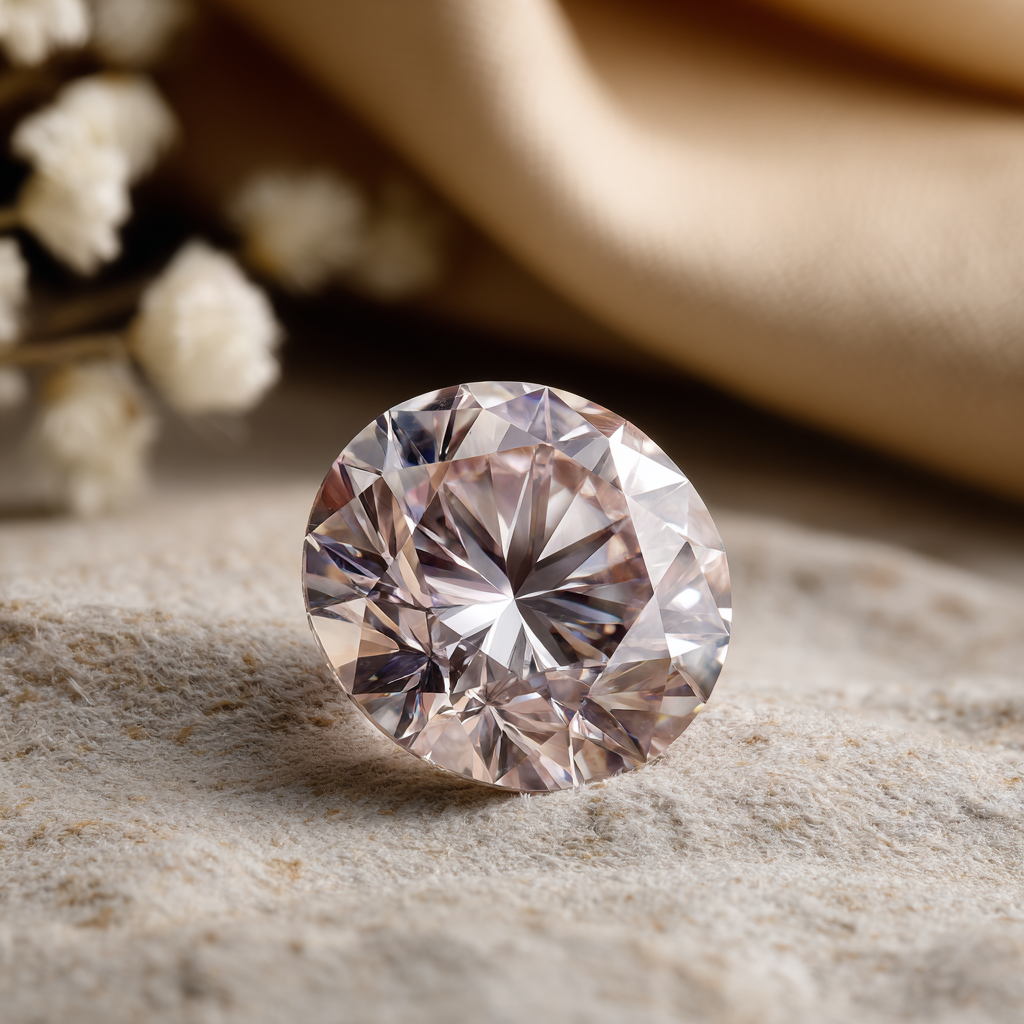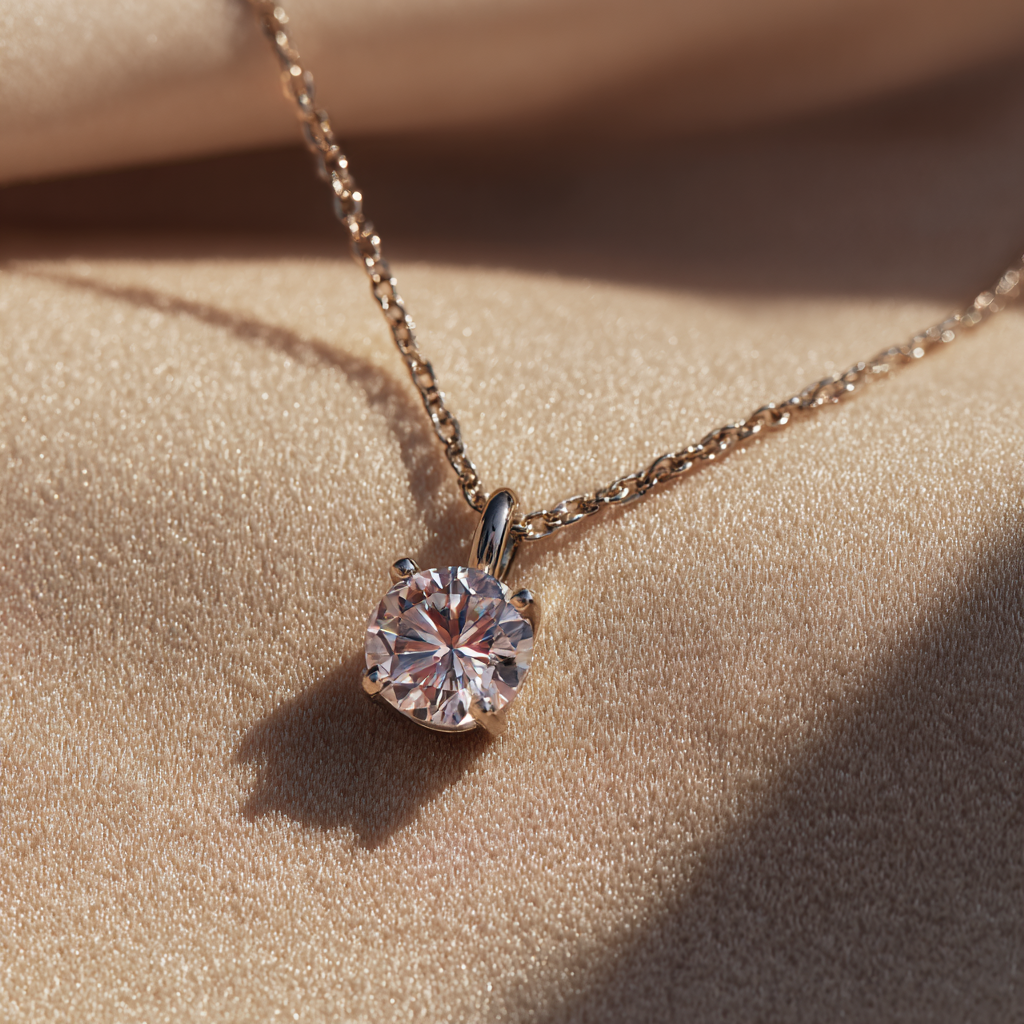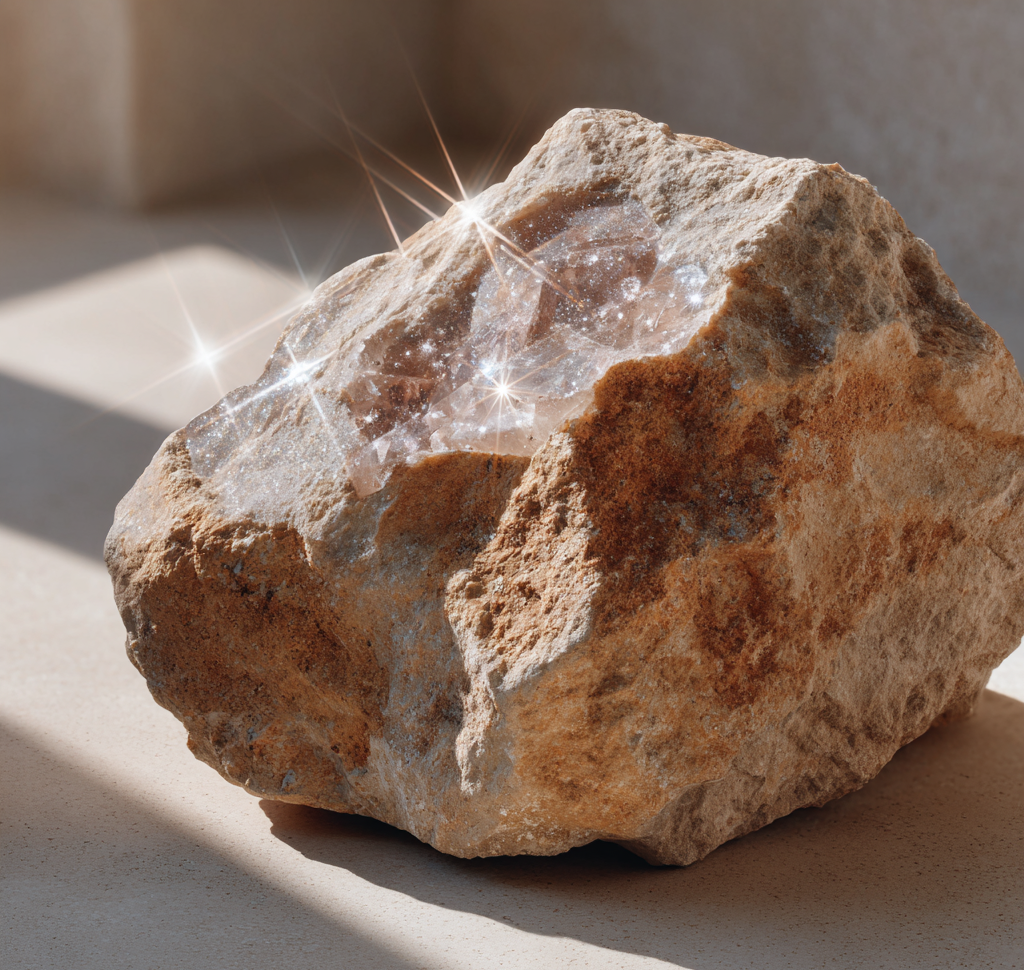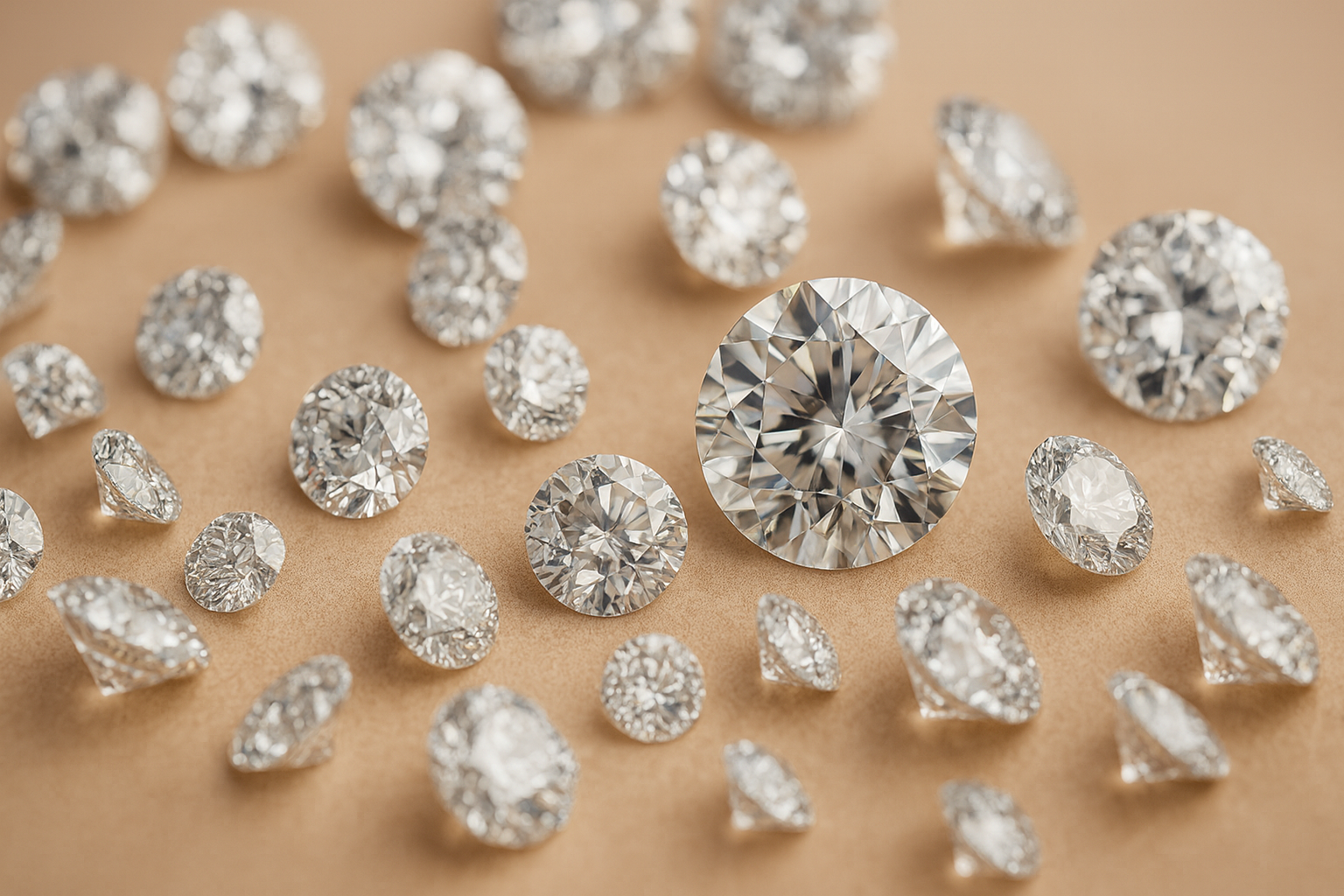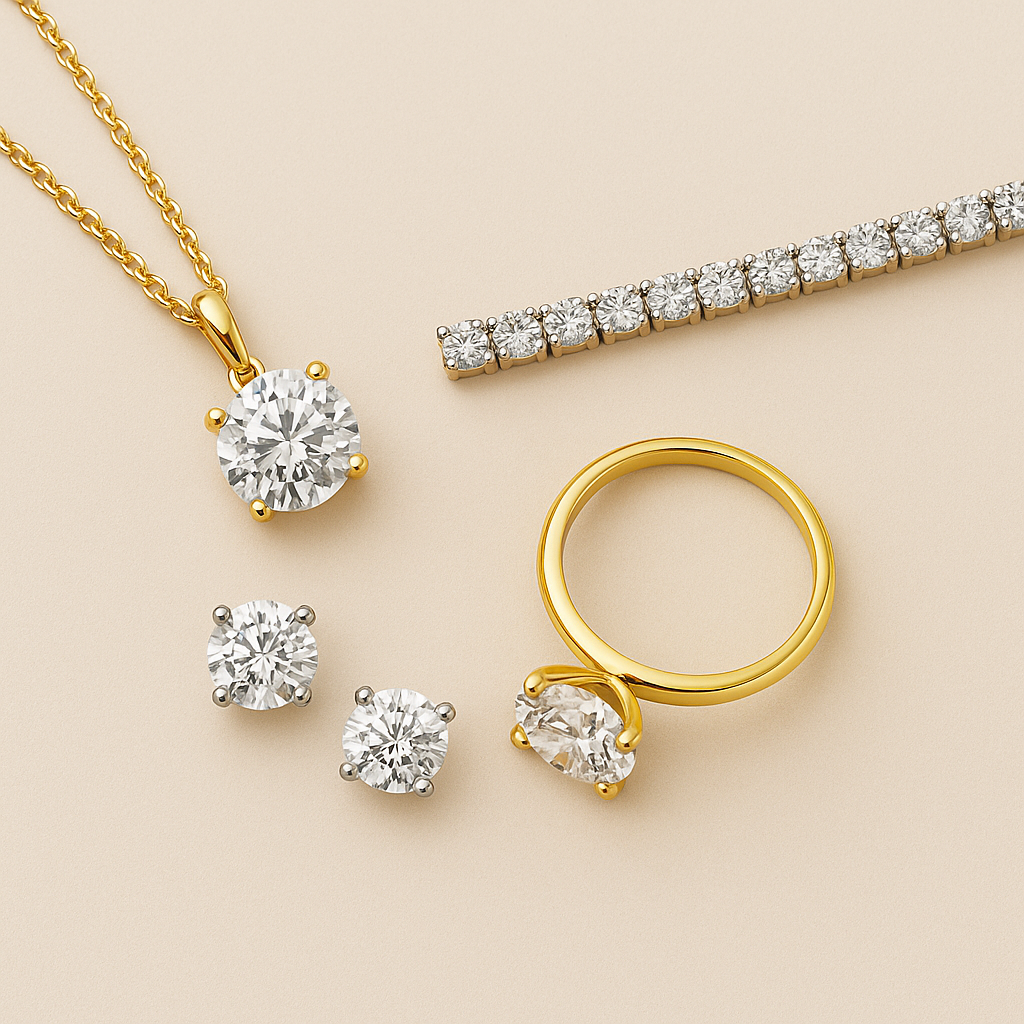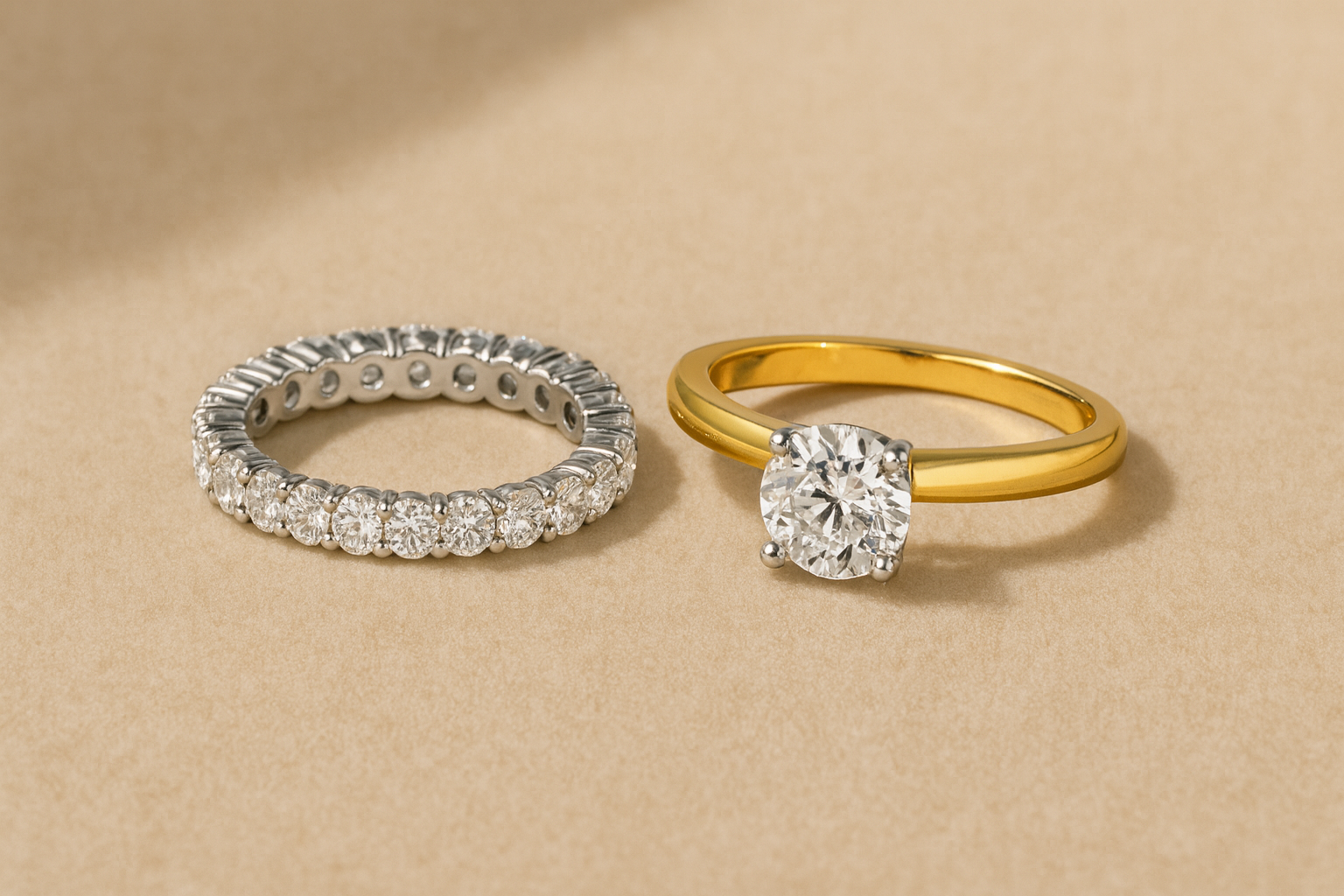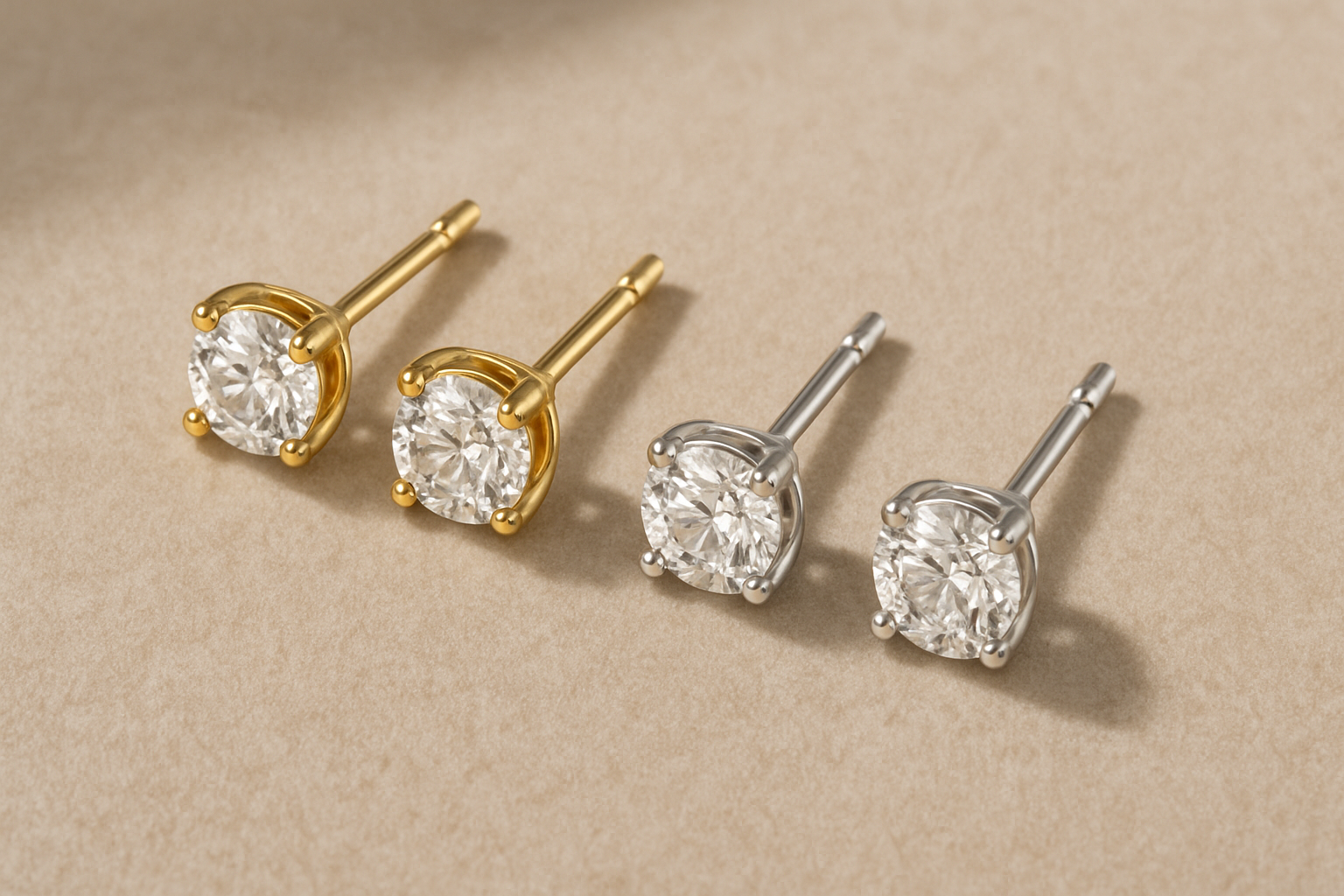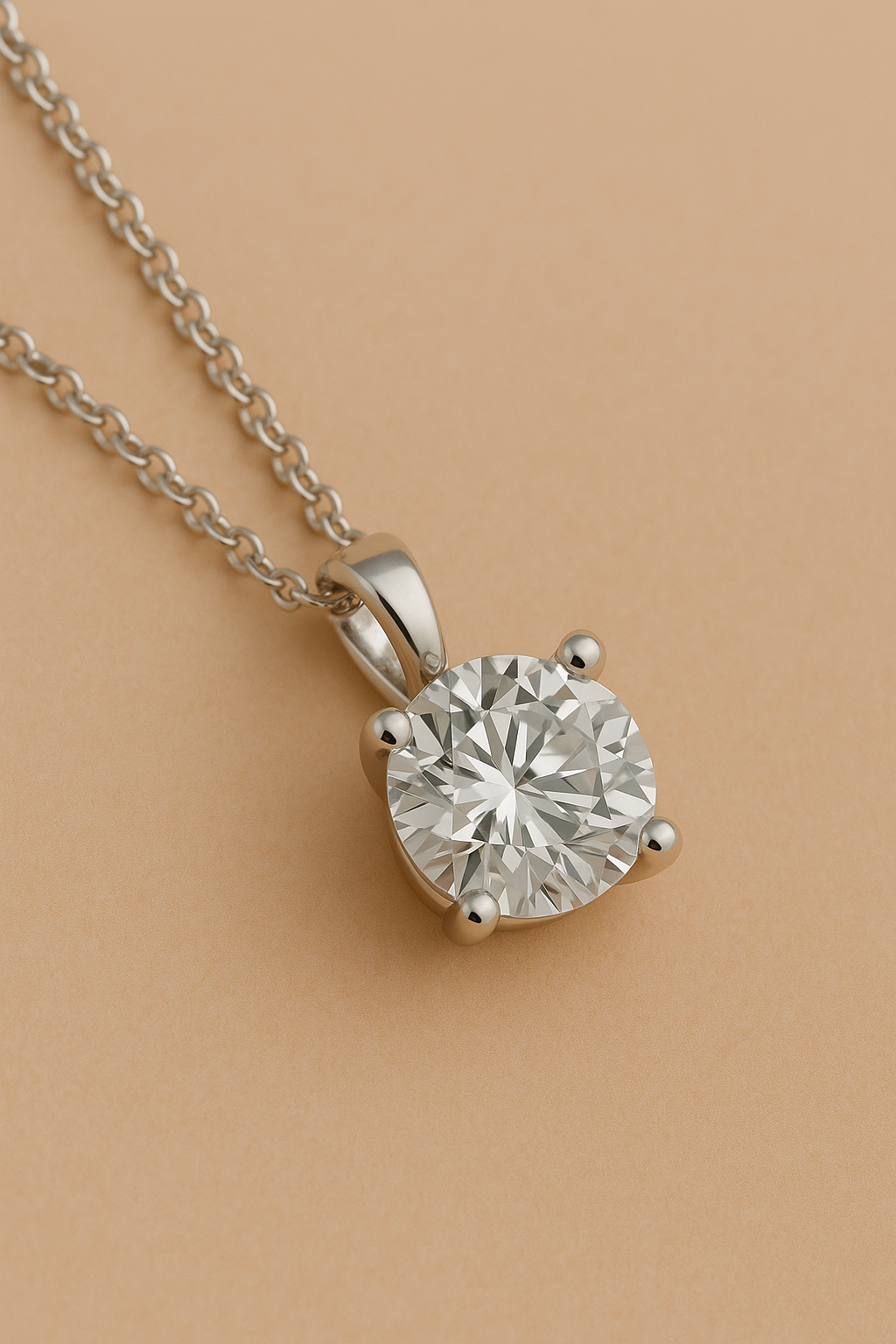
What are lab-grown diamonds anyway?
For centuries, diamonds have symbolized love and luxury. Today, that same sparkle no longer needs to come from deep within the earth. Lab-grown diamonds are real diamonds, with the same brilliance, hardness, and certification, but created in a laboratory. In this chapter of the Diamond Guide, you will learn in just five minutes how they are made, why they are becoming increasingly popular, and what this means for you as a buyer.
Real diamonds. Newly formed
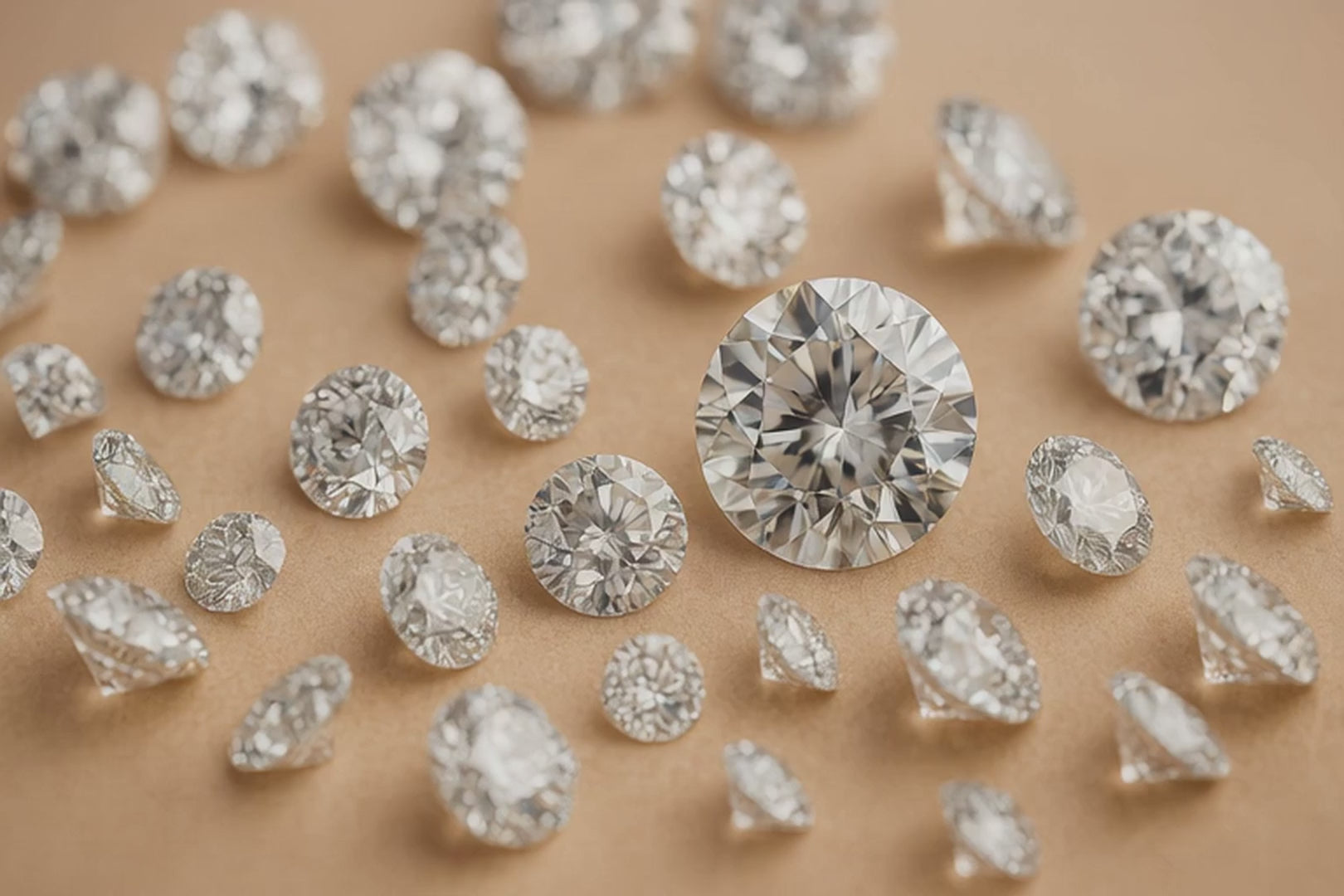
How is a lab-grown diamond created?
Every diamond begins with a seed: a tiny fragment of diamond crystal. In a laboratory, this seed is placed in conditions that replicate nature. Through techniques such as HPHT (High Pressure High Temperature) or CVD (Chemical Vapor Deposition), a new diamond grows layer by layer. What takes nature millions of years can be created in just a few weeks.
The result is a diamond identical to a natural one in every way. Chemically, physically, and visually. Even an expert cannot distinguish the difference without specialized equipment. Only a certificate reveals the origin. A simple way to understand this is to compare it to ice: nature forms it, but the exact same thing can also be made in your freezer.
Why do people choose lab-grown?
Are lab-grown diamonds real?
Yes, a lab-grown diamond is a real diamond. It has the same 4Cs (Carat, Color, Clarity, and Cut), the same hardness, and the same brilliance. The only difference lies in its origin. Think of ice: whether it forms in nature or in your freezer, it is still ice.
What does this mean for you as a buyer?
With a lab-grown diamond, there is no need to compromise. You enjoy the same brilliance and luxury, often at a more accessible price. This allows you to choose a larger or clearer stone within the same budget, while also having the confidence of making a conscious and modern choice.
Read more in the diamond guide
Mini FAQ
Yes. Lab-grown diamonds have the same chemical composition and crystal structure as natural diamonds, and they are certified as real diamonds. The only difference is their origin, as they are created in a controlled environment.
Lab-grown diamonds are generally much more affordable than comparable natural diamonds. As with natural diamonds, their price is determined by the 4Cs: carat, cut, color, and clarity. This often allows you to select a larger or finer-cut stone within the same budget.
Yes. Reputable laboratories such as GIA and IGI certify lab-grown diamonds with an independent assessment of the 4Cs. The certificate clearly indicates that it is a lab-grown diamond.
The origin is transparent: the diamond is lab-grown. The environmental impact depends mainly on the energy sources and processes used, and more manufacturers are increasingly working with renewable energy. We communicate openly about specifications and certification, so you can make a well-informed choice.
Jewelry carries both practical and emotional value, but resale prices can vary and the lab-grown market is still evolving. That is why we recommend choosing based on quality, design, and the joy of wearing, rather than as an investment. With us, you always pay a fair and transparent price.
Clean your jewelry regularly with lukewarm water and a drop of mild soap. Gently brush with a soft toothbrush and dry with a lint-free cloth. Avoid harsh cleaning products and store each piece separately. Have the settings checked periodically to prevent loss.
A diamond with future
Lab-grown diamonds are not just an alternative. They are the diamonds of the future. Offering the same beauty and value without compromise, they make the choice clear—today and for tomorrow.
Discover our collection
Need personal advice?
Not sure which option to choose or want extra confidence in your decision? We are here to help, without any sales pressure. Contact us directly via chat or email and we will quickly guide you to the right answer.

